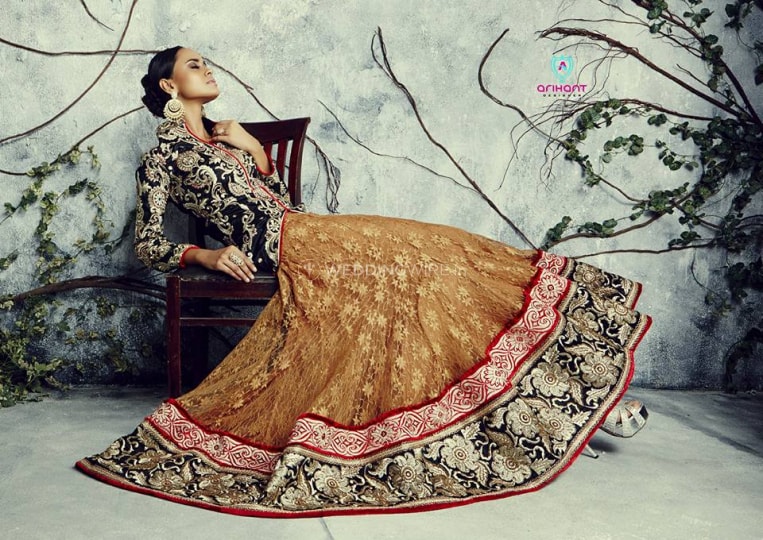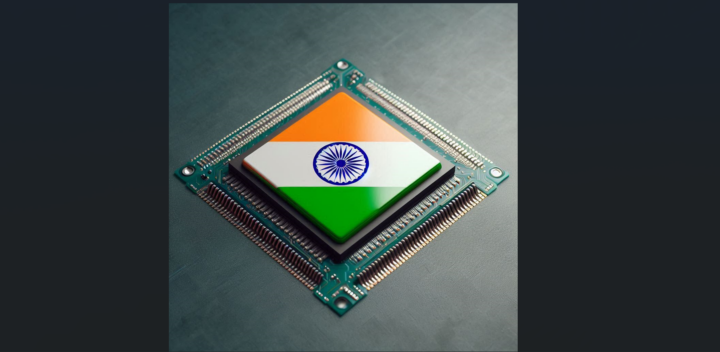Shopping for clothes is often a frustrating experience. You love that little black dress but does it love you back? Almost never. Sometimes the fit is not right; sometimes it’s the size. You end up wishing it was stitched for your body type, down to the last millimeter. You return the clothes if you bought them online or you walk out of the store frustrated.
In the fast-paced lives we live, most of us do not have the time or access to a fabulous tailor, someone who would take the right measurements and produce clothes that do justice to and flatter our body type. For fashion brands, producing clothes with far greater size variety and styles than necessary does not make business sense. It’s also not easy to predict what fashion style will be popular next.
How much will be bought and how much will be trashed is a question with probably no right answer.
But the times are changing, and technology is making the times change faster. New-age technologies like Artificial Intelligence, Deep Learning, Computer Vision, and Data Science are coming to the rescue of customers, fashion brands and apparel manufacturers. From understanding what consumers want to what to produce, AI is doing a better job of understanding humans.
According to AI in Fashion Global Market Report 2022, the global AI in the fashion market is expected to reach $0.65 billion in 2022 (from $0.47 billion in 2021), rising at a market growth of 40% CAGR and is expected to grow to $2.66 billion by 2026.
What is the Next Fashion Trend?
For those in the business of fashion, the eyes are always searching and the ears are always listening. The idea is to understand which fashion trend is coming up next. Fashion brands thrive on giving consumers what they want when they want it and in the style and color they want it. But this also leads to a lot of unwanted clothes that in turn lead to waste generation.
AI is doing a good job of accurately predicting what consumers will want next. It is scouring public social media posts, news, and popular culture to make sense of the noise and come up with what will be next. To fashion brands, it is a big boon, since their business and future depend on what their customers will demand next. It is a robust way to predict fashion trends and determine the demand pattern.
The Right Fit
Coming back to our quest for the right fitting clothes, AI is now becoming better at taking the right measurements. Take the example of buying glasses online. It is now common to virtually check how eyeglasses would look on you without physically trying them on. You look at the camera on your smartphone and the glasses appear in your picture, showing you exactly how you would look when you wear them physically.
AI takes this concept a step forward. By simply scanning your body it can recommend clothes, patterns, colors that would look smart on you. AI sorts out the fitting conundrum. It makes shoppers like you and me happy because we are finally able to get the size and fitting we want. For manufacturers, it is an opportunity to give their customers what they want without trial and error and without producing more than is needed.
Another reason why the right fit is a boon for manufacturers is that they can tackle returned clothes. By offering the right fit, manufacturers are able to reduce and cumulatively address the problem of wastage. Globally top fashion brands see 30% to 40% of products returned due to sizing problems.
But Did You Buy the Original Product?
What the human eye finds hard to see, technology makes easy to discover. AI, computer vision, and data science have the advantage of processing large volumes of data, learning, and then identifying patterns.
Fashion brands are often at the receiving end when consumers complain about fake clothes, believing them to be branded by a well-known fashion label. New-age technology is already becoming better at identifying fake labels through subtle differences in design, size fitting, colors, and patterns. Technology is saving the fashion conscious from being duped by counterfeit products and also manufacturers from consumer complaints about products they never produced.
Tech for the Planet
While consumers, fashion brands, and manufacturers – all stand to gain from technology in the fashion industry, the biggest beneficiary is the environment. Efficient and accurate manufacturing, fashion trend prediction, minimal wastage, and minimum returns are all bringing down the environmental cost of fashion.
Clothing and the desire to look good aren’t going anywhere. Our actions as consumers and producers of clothes should leave a minimum or no environmental footprint.

Pawan Gupta
Guest contributor Pawan Gupta is the Co-Founder and CEO of Fashinza, a SaaS platform for fashion supply chain. Any opinions expressed in this article are strictly that of the author.












